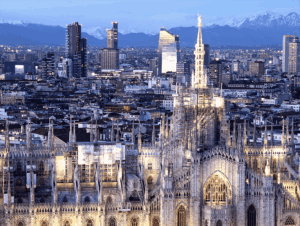Milan’s real estate market is displaying a remarkable pattern of growth in its peripheral neighborhoods even as overall transaction volumes decline, highlighting a significant shift in one of Italy’s most dynamic property markets. While the city recorded a 10% drop in transactions during the first half of 2024, outer districts like Baggio and Vialba-Gallaratese have seen price increases of up to 5.4% year-over-year.
Core Market Dynamics
The city’s property market is experiencing a transitional phase, with transaction volumes retreating from the remarkable 90% growth seen between 2013 and 2022. Despite this slowdown, overall prices have maintained an upward trajectory, rising 1.5% in 2024, contributing to a cumulative 28% increase over the past five years. The market’s resilience is particularly notable given the challenging environment of rising interest rates and regulatory uncertainties affecting new developments.
Current market conditions show a clear divide between supply and demand dynamics. New constructions accounted for less than 10% of available properties in 2023, creating a significant supply constraint that continues to support prices despite reduced transaction volumes. The average time to complete a sale remains stable at two months, with typical negotiation margins around 7%.
Varied Growth
While Milan’s historic center maintains its position as the city’s most expensive area, commanding prices over €10,000 per square meter, the most dynamic growth is occurring in peripheral neighborhoods. Baggio leads with a 5.4% annual price increase, followed by Vialba-Gallaratese at 4.7% and Comasina-Bicocca at 3.4%. The Corvetto-Rogoredo and Forlanini areas have also shown strong performance with 2.7% growth.
Not all areas are experiencing growth, however. Città Studi-Lambrate has seen prices decline by 1.6%, while Certosa and Porta Vittoria have recorded decreases of 1.2% and 0.9% respectively. This varying performance reflects the market’s increasing sophistication and the impact of infrastructure developments and urban regeneration projects.
Affordability and Market Evolution
The significant price differentials between central and peripheral locations are reshaping buying patterns. While the Centro Storico maintains premium prices above €10,000 per square meter, areas like Vialba-Gallaratese offer more accessible entry points at around €2,927 per square meter. Mid-tier neighborhoods such as Garibaldi-Porta Venezia and Fiera-De Angeli command prices between €6,000-7,200 per square meter.
Market analysis shows a clear preference for mid-sized properties, with units between 50 and 85 square meters representing 43.1% of all transactions. This trend reflects both affordability constraints and changing demographic preferences in the city.
Future Outlook
The market’s evolution suggests a continuing shift toward peripheral areas, driven by affordability concerns and improved infrastructure connections. While some central areas may be approaching price plateaus, ongoing urban regeneration projects and the upcoming 2026 Winter Olympics are expected to create new value opportunities, particularly in the city’s southern and eastern districts.
This transformation of Milan’s real estate landscape indicates a maturing market where value growth is increasingly being driven by neighborhood-specific factors rather than citywide trends, creating a more complex but potentially more sustainable growth pattern for the future.



